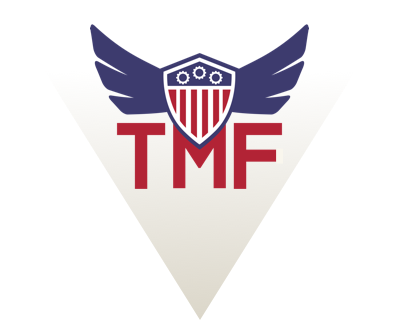CASE STUDY:
U.S. AGENCY FOR INTERNATIONAL DEVELOPMENT (USAID)
Customer relationship management (CRM) system
Transforming global relationships to advance U.S. global development and humanitarian assistance
With its enterprise CRM system, USAID is estimated to:
- Save more than 50,000 total employee hours each year by streamlining the public-private partnerships (PPPs) process
- Benefit 90+ USAID locations worldwide
- Contribute to increased private investment in U.S. global development and humanitarian assistance programs and priorities worldwide
Background
USAID was established in 1961, in an era where bilateral foreign assistance from donor countries, like the United States, was the predominant source of foreign direct investment. Today, however, private sector funding represents about 90 percent of investments in the countries where USAID works.
In recent years, USAID has formalized PPPs worth billions of dollars with more than 6,000 different private sector partners, and is actively engaged in discussions with hundreds more at any given time. Management of these relationships requires up-to-date information sharing across the agency, where companies may partner with USAID teams in multiple countries and priorities concurrently.
Challenge
At this time, USAID does not have a singular, searchable database where agency staff can find information on its relationships with private companies, such as whether the agency has partnered with an entity elsewhere. This leads to duplicative work and frustration for USAID staff, especially when meeting with current and potential private sector partners, other donors, and other strategic partners. It also results in extra work for collaborating partner companies who are often subject to duplicative requests for basic information about their resources or abilities from different units within USAID. These circumstances created a fragmented, inefficient “engagement experience” with USAID, and delays in mobilizing critically needed aid in situations where just seconds count.
Solution
Using a modernized customer relationship management (CRM) platform, USAID is developing an agency-wide partner relationship management system aimed at: resolving data and information silos; reporting gaps owing to missing and non-standard data; and more quickly and effectively sharing information, making the process of partner engagement significantly less difficult. Perhaps most importantly, this CRM system will enable USAID to build dynamic wiki-style profiles of its engagement with each private company it works with worldwide, and to manage its relationships (and risks) much more comprehensively. In order to speed up implementation of this much needed solution, USAID has secured TMF investment to begin its new CRM initiative.
Impact
The CRM solution will empower USAID team members worldwide and help them more effectively do their jobs - some of the most challenging in the federal government - faster, more-easily, and on the basis of better information. Being able to access notes on previous private-public partnerships, funding sources, and more means that the agency can get things like life-saving HIV drugs, food, education resources, and sustainable agricultural tools into the hands of those that need them more efficiently and cost effectively.
USAID Deputy Administrator Paloma Adams-Allen said this about the impact of the agency’s TMF investment:
Role of TMF
Developing and launching a new IT platform is a large undertaking, but with $5.9 million in TMF start-up funding, USAID will be able to accelerate development and deployment of its CRM system, and improve “time to value” by delivering a more functionally mature product faster.
This investment demonstrates how TMF uses its technical expertise to help the government improve the ways in which it does business with the public, as well as makes jobs easier for agency staff. TMF investments and program support can help agencies collaborate and modernize to meet process changes and demand surges as their mission evolves.
Shared services
This CRM platform has tremendous potential to enhance interagency collaboration. USAID is actively exploring making common data elements as compatible as possible and establishing guidelines to share approved data elements among interagency partners, such as its fellow foreign affairs agencies.
Additionally, USAID is documenting key lessons from its experience to share with counterpart departments and agencies considering similar projects.

